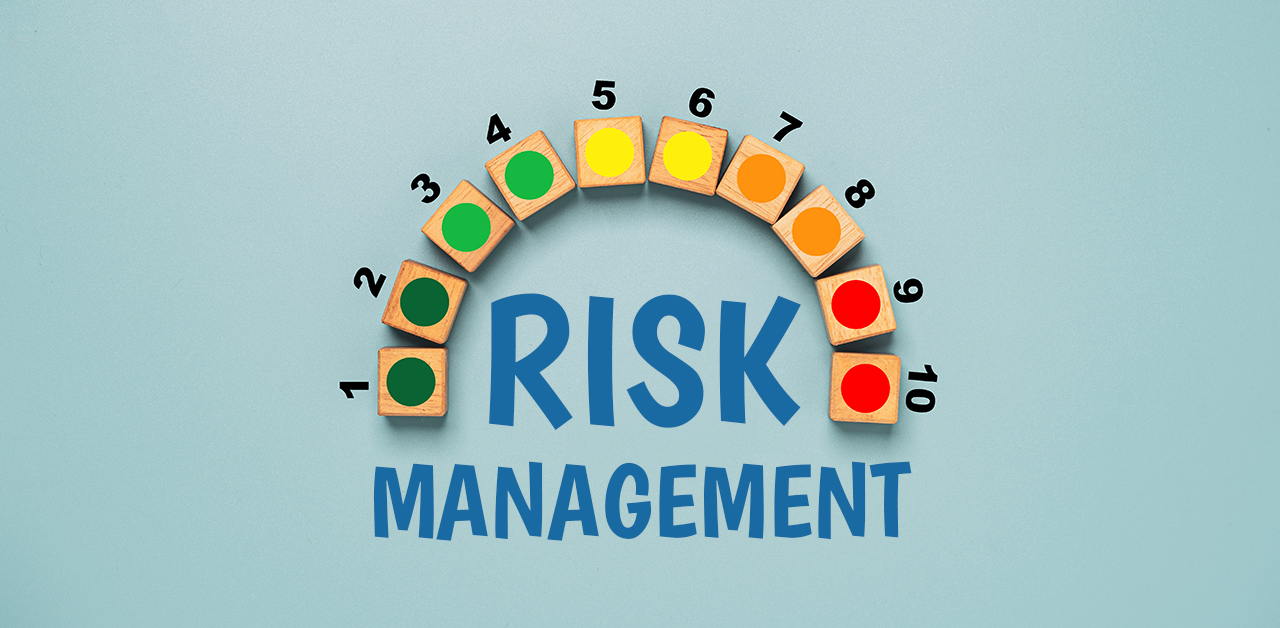
What is data destruction?
The process of Data Destruction is to make sure that whatever data you currently have stored on an electronic device is totally unreadable after the device has been wiped. The goal of data destruction ensures that this data cannot be recovered and used for unauthorized purposes.
Deleting a file is not the same as destroying data. To destroy data means it can no longer be read by an operating system or application. When you delete a file on an electronic device, you may not be able to see it any longer, but the information is still stored on the device’s hard drive or memory chip. Data destruction entails overwriting the current data with random data until the current data can no longer be retrieved, or actually destroying the electronic medium.


Why does data destruction matter?
The importance of destroying all data seems to be pretty obvious. Yet according to some studies, as many as 10 percent of all secondhand hard drives sold over the Internet still contain personal information. So, it’s important for any company to consider several key factors before choosing how to destroy the old data.

Time. Do you have a regular process for wiping devices or do you stockpile old data storage devices and wipe a large amount all at once? Both methods operate on a different timescale. Knowing how much time you want to spend on data destruction can influence the choice of method. Or, you could partner with an IT Asset Disposition (ITAD) provider that will complete the entire process for you.

Cost. Can your company afford to just get rid of old IT Assets? Or are you interested in reusing your older IT assets for new purposes or selling them to the to the best end-user or hardware broker for maximum return on your assets? Again, the answer to this question will determine the type of destruction method you want to use. An ITAD provider, such as OceanTech, can help with both. Look for a company that provides an expansive array of ITAD services, while outperforming original manufacturers and off-lease pricing in acquiring and processing your end of life assets.

Validation. The growth of legislative standards surrounding data security and environmental concerns have placed an increasing amount of pressure on the importance of industry standards and certifications. If you are destroying data because it’s a legal requirement or a regulatory issue within your industry, make sure the method you choose allows you to show that you have met any standards or requirements for data destruction.
Once you know the answers to these questions, your business can choose an appropriate way to destroy old data.


